
Nude Tenderness of the Floating World: The Works of Japanese Photographer Masao Yamamoto
In this article, we’re going to look at the phenomenon that can be defined as the essence of the Eastern vision of the world. The photographs we watch here are magnificent and meditative. Like Japanese poems, they are rooted in nature. Some critics indeed compare the exhibitions of the photographer to haiku texts. This all is about Masao Yamamoto (b. 1957).
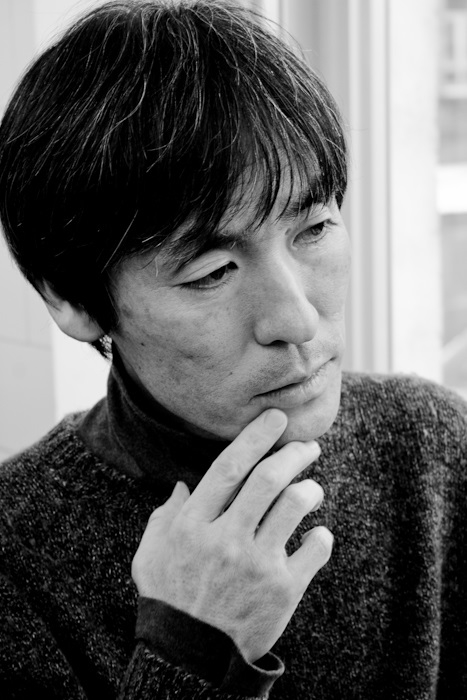
Fig. 1. Masao Yamamoto in Moscow, 2009 (Wikipedia.org)
The Man as The Medium
Surprisingly, very little can be learned about Yamamoto’s personal life from the Internet. On the other hand, the artist’s work is far more significant than the details of his biography, especially, when he sets himself up not as a craftsman but as a medium of natural harmony. Irrelevant words can suppress the fragile voice of the floating flora. Nevertheless, let’s mention several more or less definite things. Before becoming a freelance photographer, Yamamoto studied painting. His first solo exhibition was held in 1994 at the Shapiro Gallery in San Francisco. His works appear in lots of galleries all around the world. Nowadays, the artist resides in Yatsugatake Nanroku, Yamanashi prefecture. He still photographs the nature surrounding him.
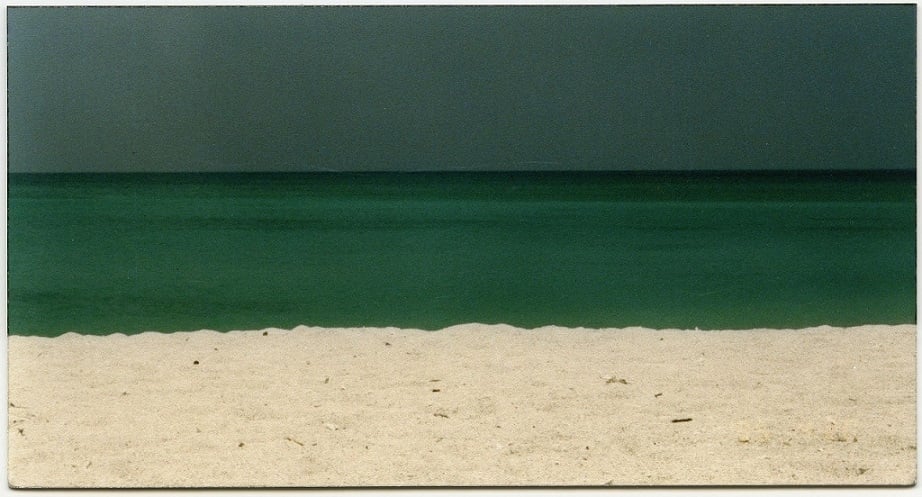
Fig. 2. artlogic-res.cloudinary.com

Fig. 3. tumblr.com
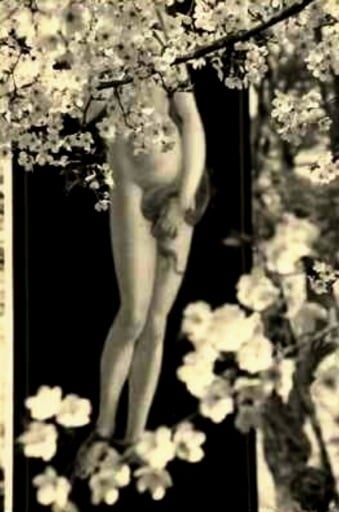
Fig. 4. dantebea.files.wordpress.com
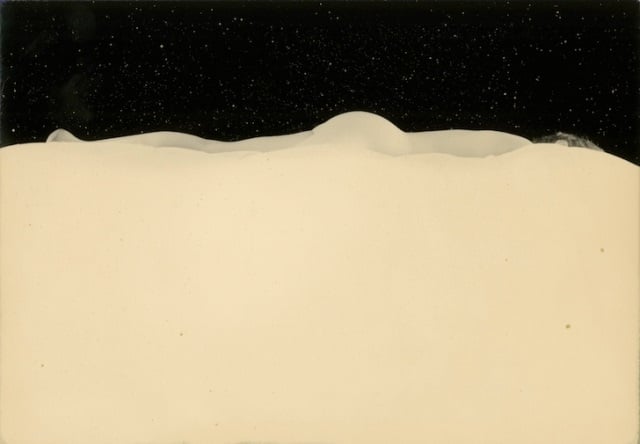
Fig. 5.Nakazora (dantebea.files.wordpress.com)
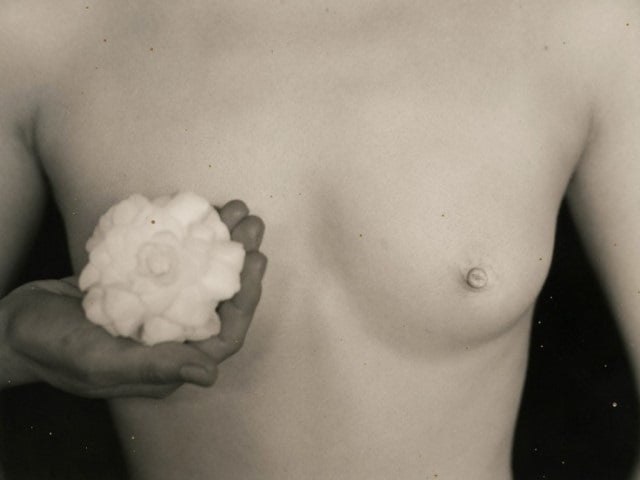
Fig. 6. Nakazora, 2001 (dantebea.files.wordpress.com)
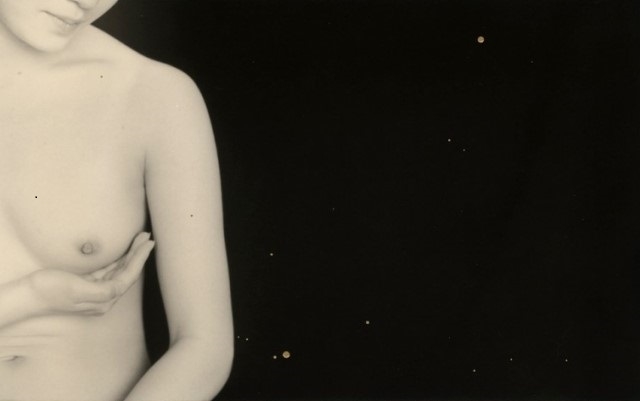
Fig. 7. Nakazora, 2001 (dantebea.files.wordpress.com)
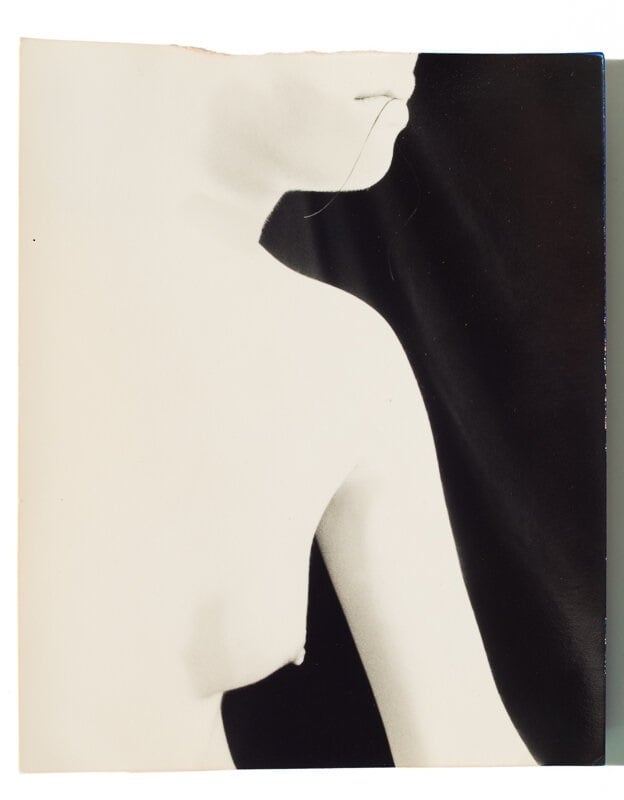
Fig. 8. Nakazora, 2001 (images.squarespace-cdn.com)
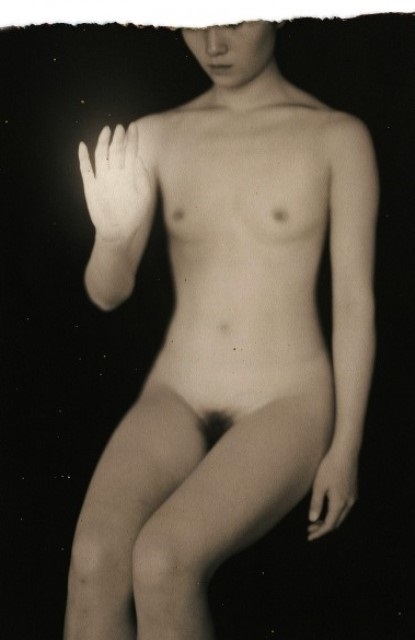
Fig. 9. Nakazora, 2001 (dantebea.files.wordpress.com)
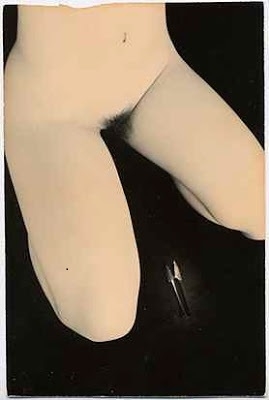
Fig. 10. blogspot.com
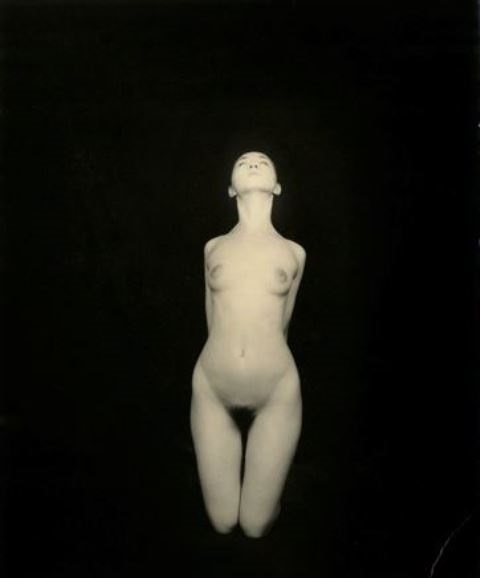
Fig. 11. Nakazora, 2001 (blogspot.com)
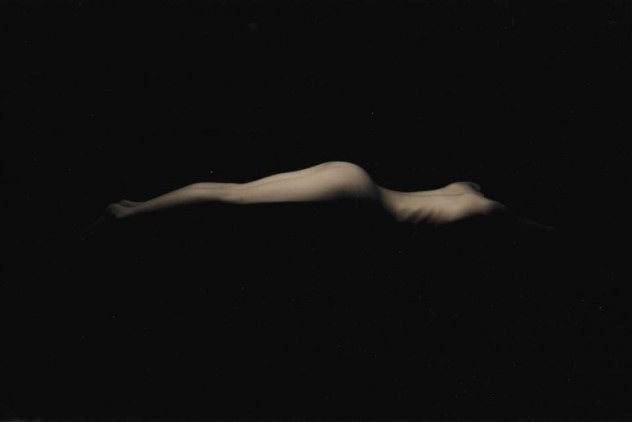
Fig. 12. Nakazora, 2001 (dantebea.files.wordpress.com)
Art Historians’ View On Yamamoto’s Works
“Masao Yamamoto is a photographer for whom the medium of photography seems to be an afterthought. How he records his images appears to be a deliberate denial of the technical possibilities that the medium has to offer. The small black and white photos are shown above and below each other. The distance between the photos has been chosen with care and yet no selection has been made according to a preconceived system, hierarchy, or logic. The way Yamamoto presents his work is reminiscent of reading a Haiku. The Japanese Haiku is a compact 3-line poem of 17 syllables that the reader can read in one breath. There are no formal requirements such as size and rhyme. In a Haiku a moment, a mood, or situation is indicated. It is not an expression of self. Nature is often the subject. Yamamoto’s work could be seen as a Haiku in image form.” (Yvonne Yzermans)
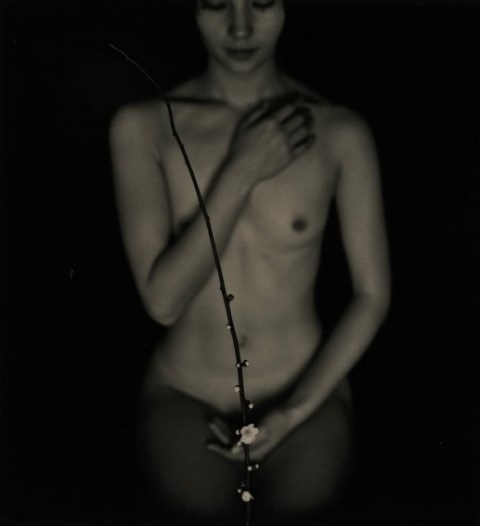
Fig. 13. Nakazora, 2001 (dantebea.files.wordpress.com)
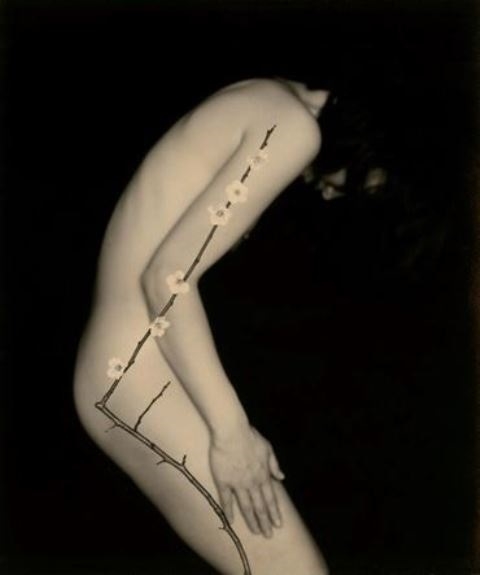
Fig. 14. Nakazora, 2001 (dantebea.files.wordpress.com)
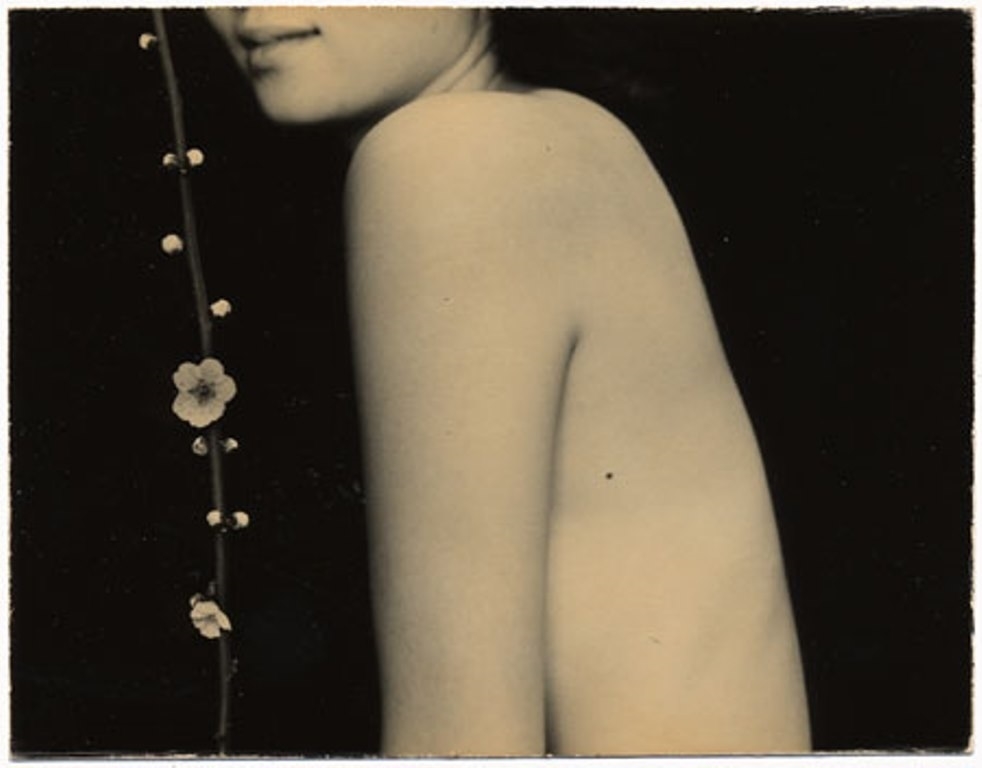
Fig. 15. dantebea.files.wordpress.com
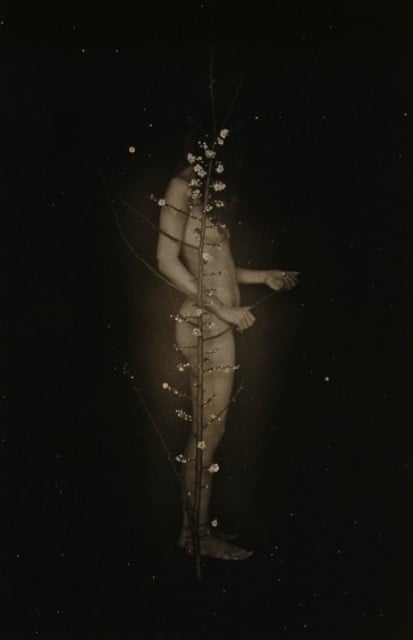
Fig. 16. A Box of Ku, 1995 (dantebea.files.wordpress.com)
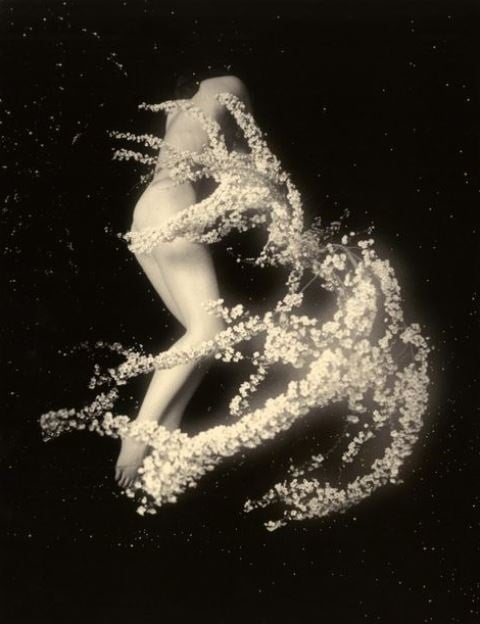
Fig. 17. dantebea.files.wordpress.com
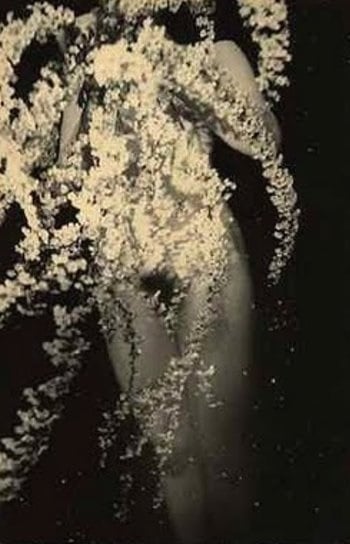
Fig.18. dantebea.files.wordpress.com
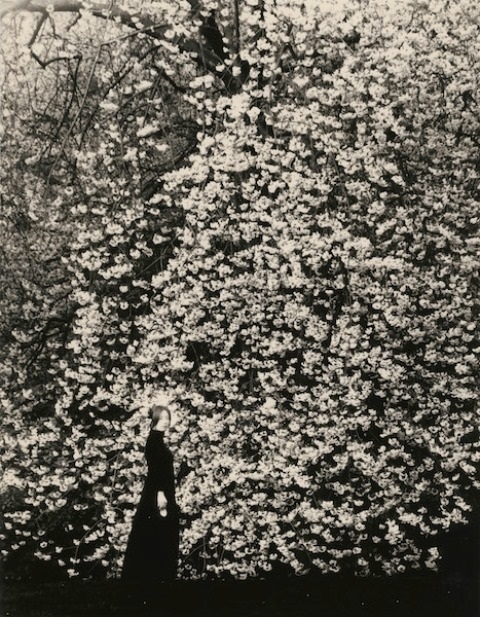
Fig. 19. Kawa=Flow (dantebea.files.wordpress.com)
Philosophic Influences
It’s known that the poetics of Yamamoto’s photographs has its’ ground in the philosophy of Lao Tzu, who wrote in his book Dao De Jing the following: “The great presence is hard to see. The powerful sound is hard to hear. The transcendent image doesn’t have a shape.” It means the Universe is full of things that we can’t perceive. The photographer tries to bring to light the transcendent essence in subtle things around us.

Fig. 20. Nakazora, 2001 (dantebea.files.wordpress.com)
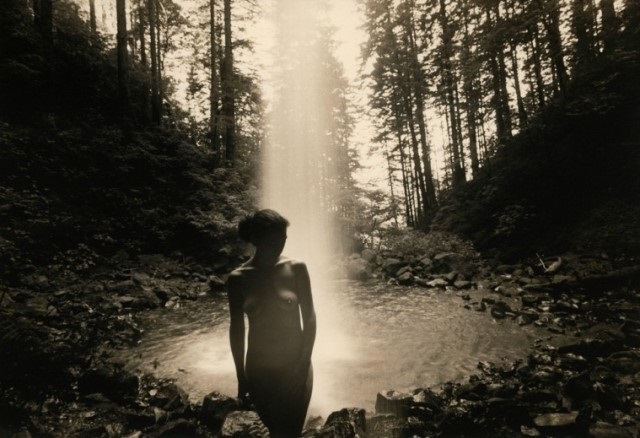
Fig. 21. Nakazora, 2001 (dantebea.files.wordpress.com)
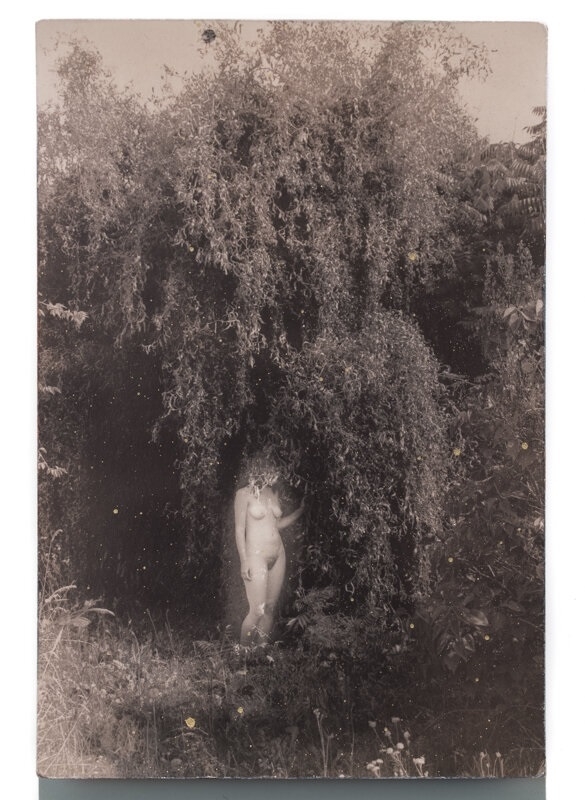
Fig. 22. (images.squarespace-cdn.com)
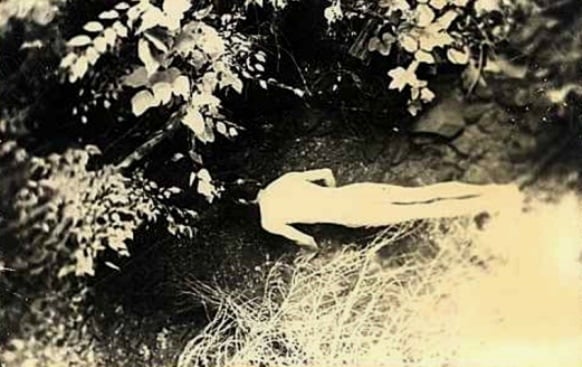
Fig. 23. (dantebea.files.wordpress.com)
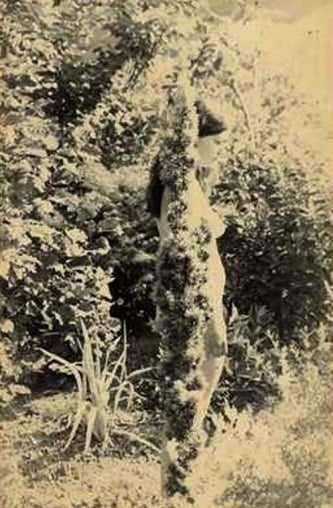
Fig. 24. dantebea.files.wordpress.com
Poetic Influences
The visual haiku poems of Yamamoto, undoubtedly, were also inspired by Japanese poets. Yamamoto says that he admires the works of Ryōkan Taigu (1758–1831), who was a Buddhist monk, poet, calligrapher, and lived as a hermit. “In one of his haiku, Ryōkan described only a movement of a trembling leaf. Despite its’ simplicity, the poem has different explanations. The falling leaf can be a metaphor for life. Its’ upper side is bad, while the bottom side is good. The poet speaks of the meaningful things through what seems meaningless. That’s what I want my photographs to be.”
Now it reveals its hidden side
and now the other—thus it falls,
an autumn leaf
(Ryōkan. Translated by Yoel Hoffmann)
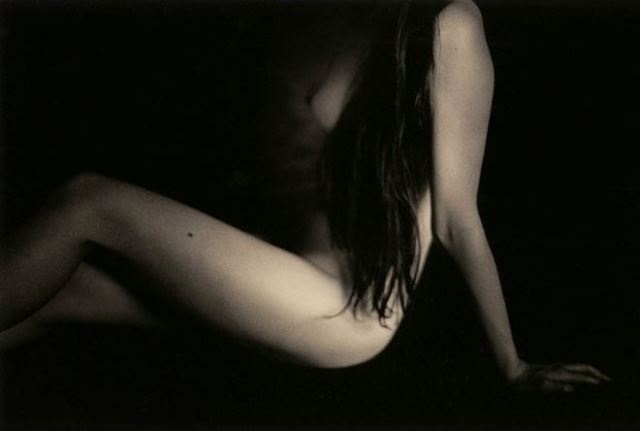
Fig. 25. A Box of Ku (dantebea.files.wordpress.com)

Fig. 26. dantebea.files.wordpress.com
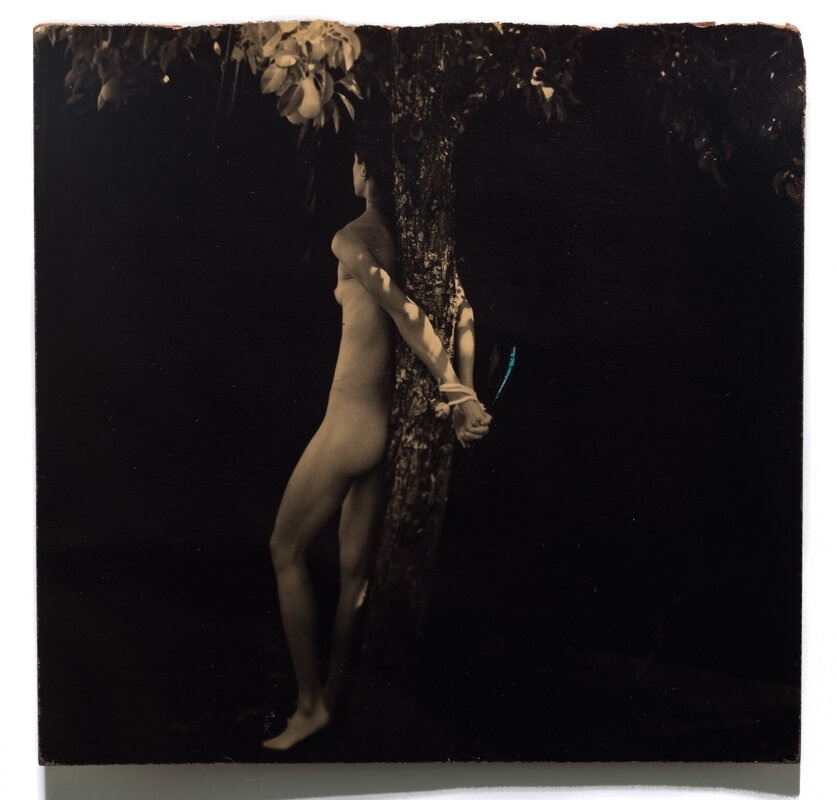
Fig. 27. Nakazora (images.squarespace-cdn.com)
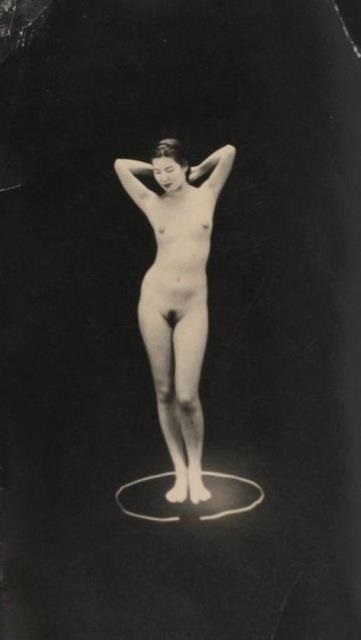
Fig. 28. dantebea.files.wordpress.com
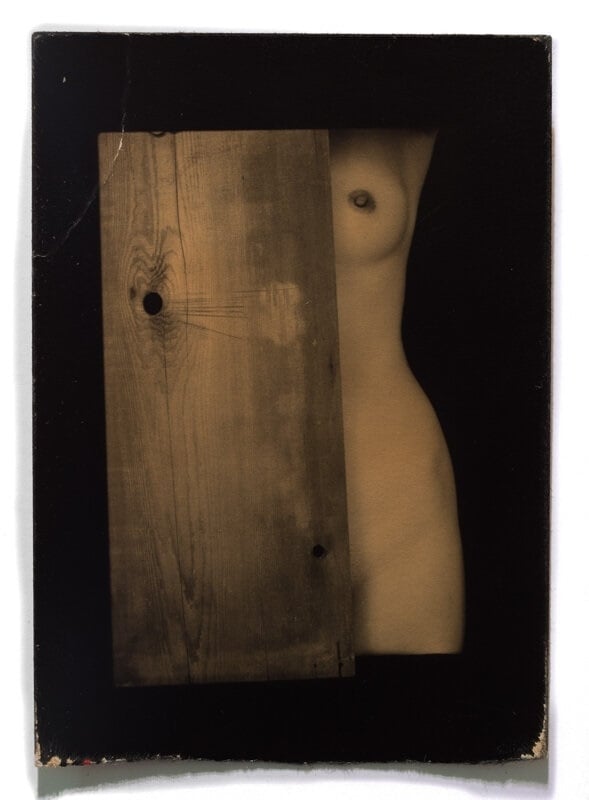
Fig. 29. A Box of Ku, 1998 (images.squarespace-cdn.com)
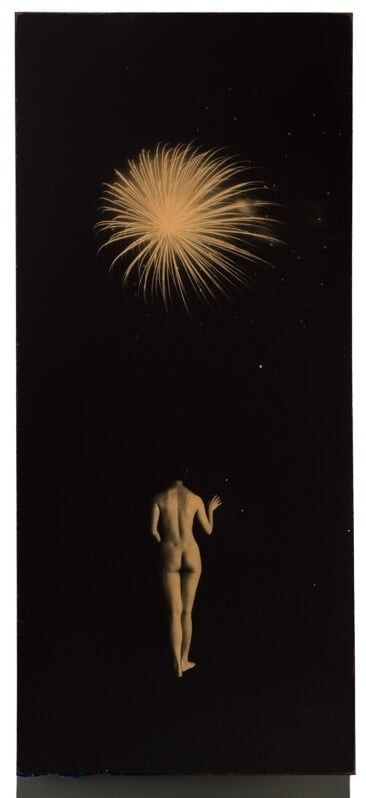
Fig. 30. Nakazora (images.squarespace-cdn.com)
Thoughts On Photography
“For me, a genuine photograph is the one that calms us. The one that evokes in us the feeling of our own kindness and tenderness, inspires us, elicits fine memories, and makes us happier.” About his works and artistic approach, Yamamoto says that he feels “the presence of many ‘treasures’ breathing quietly in nature,” which he tries to capture “with both my eyes and my camera” (artsy.net). The artist uses the term “Shizuka” to define this presence. The notion means something pure, clear, and untainted. Nude shiny-skinned woman, which is an often subject in his works, may embody this concept.
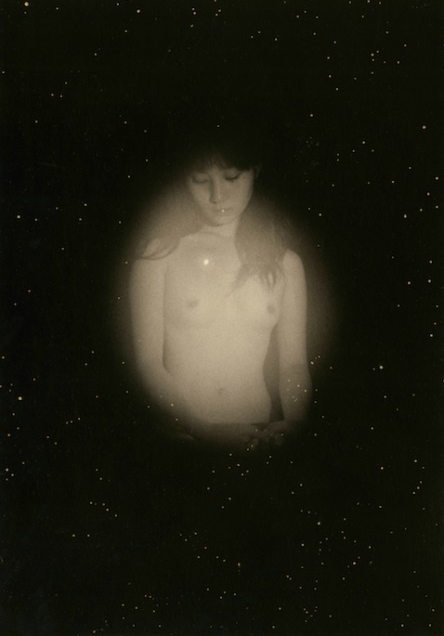
Fig. 31. Nakazora, 2002 (dantebea.files.wordpress.com)
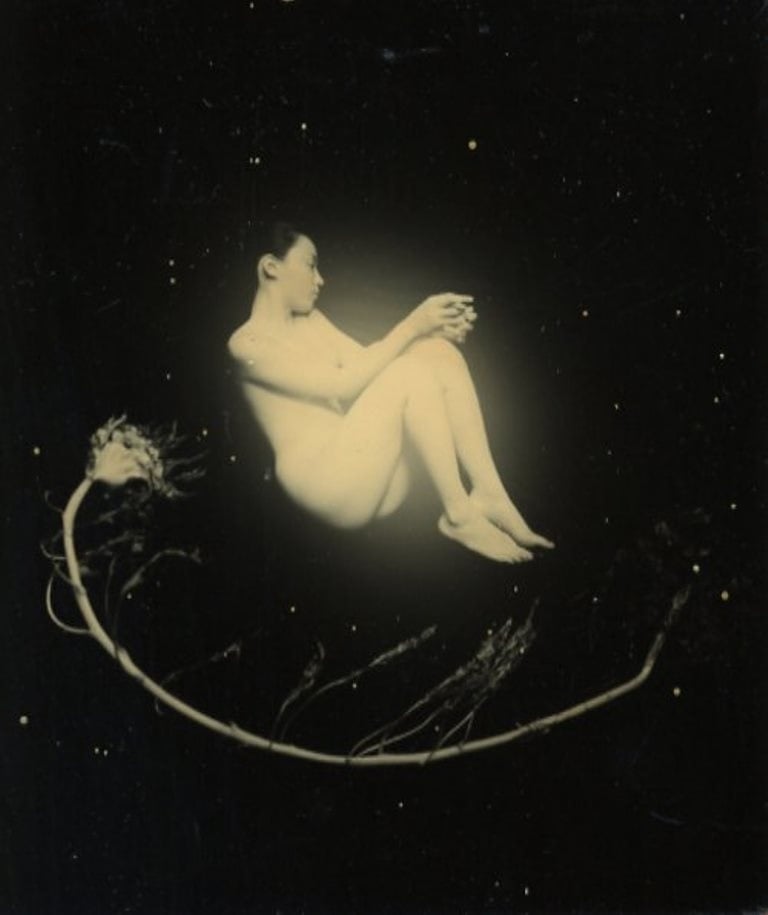
Fig. 32. dantebea.files.wordpress.com
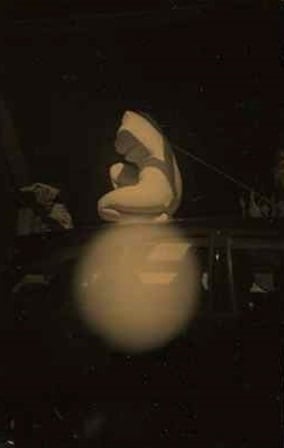
Fig. 33. dantebea.files.wordpress.com
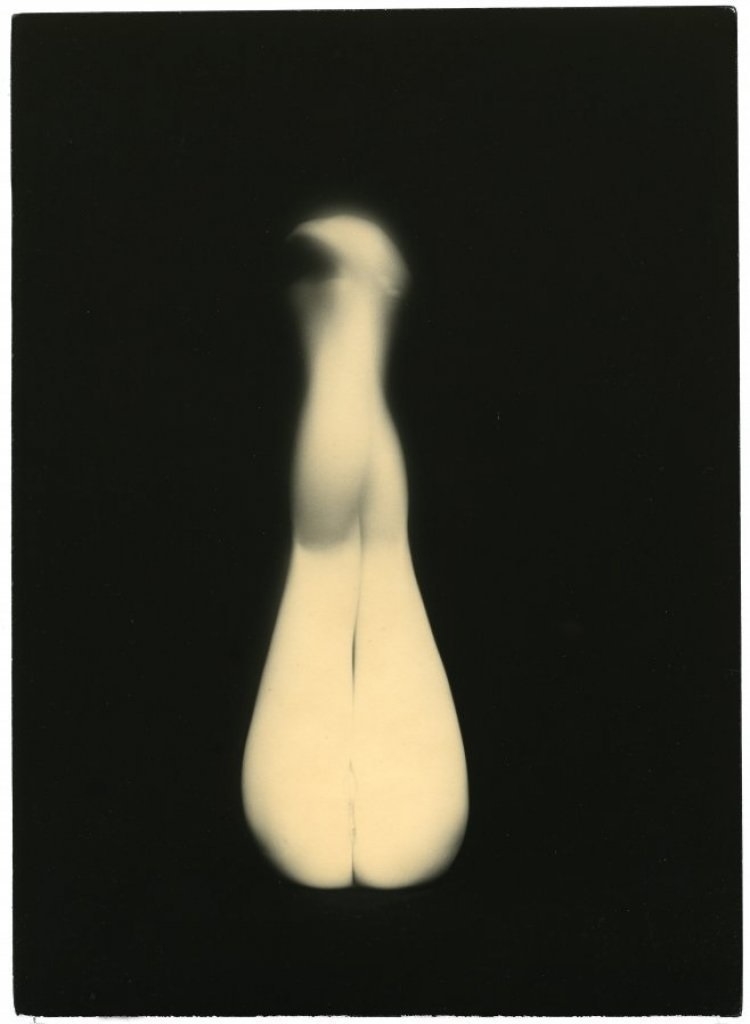
Fig. 34. tumblr.com
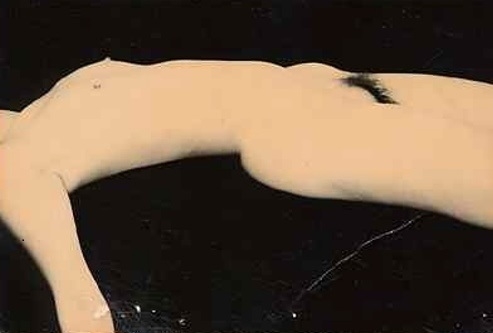
Fig. 35. dantebea.files.wordpress.com
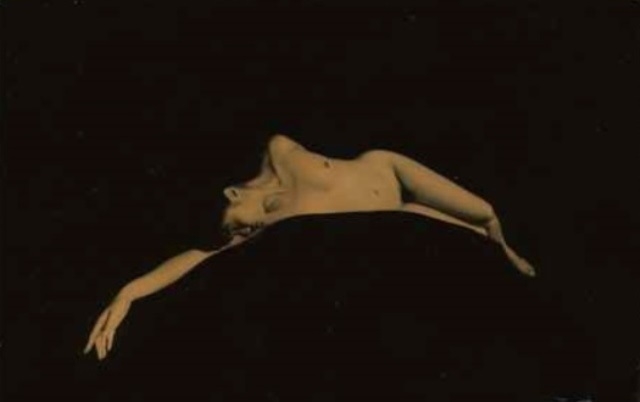
Fig. 36. dantebea.files.wordpress.com
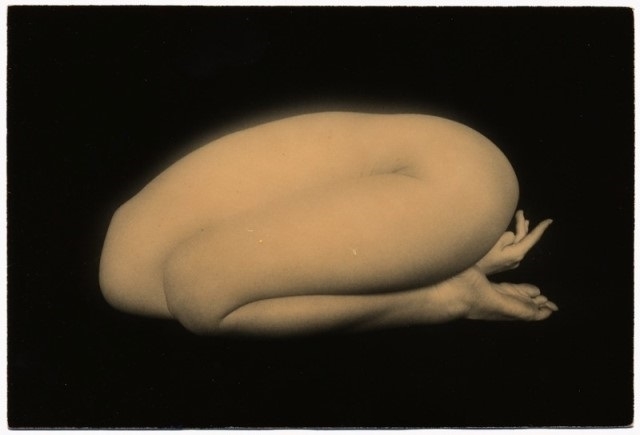
Fig. 37. Nakazora (dantebea.files.wordpress.com)
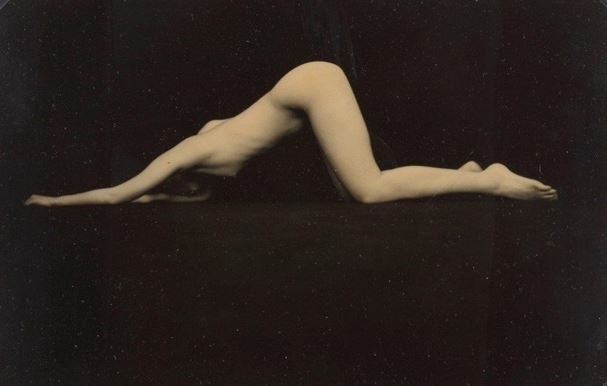
Fig. 38. dantebea.files.wordpress.com
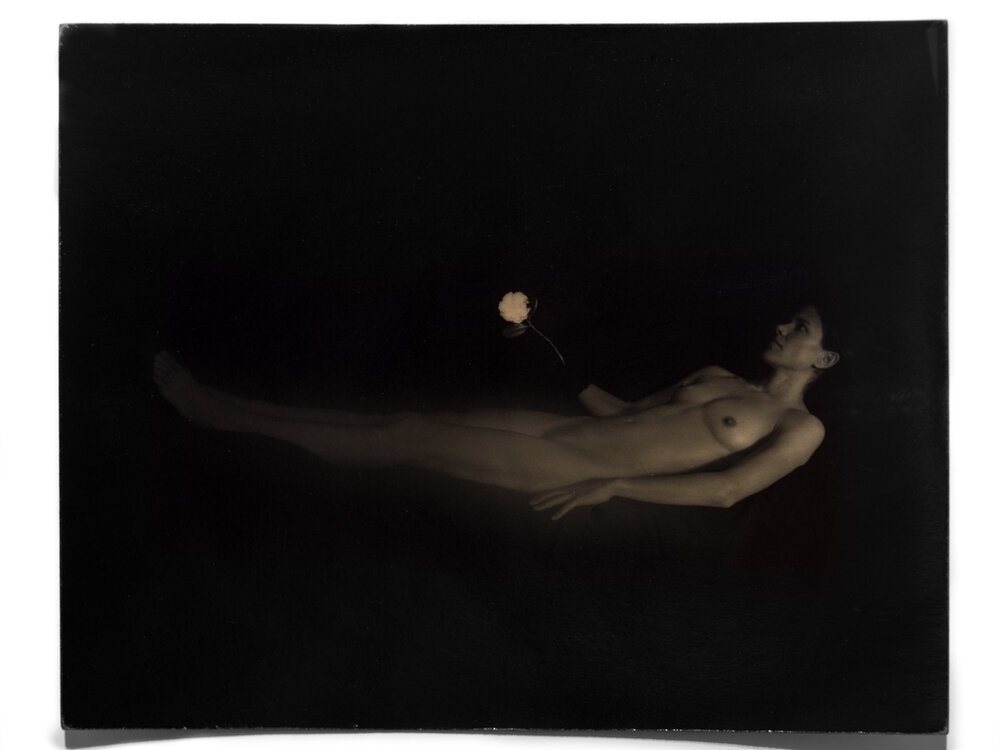
Fig. 39. Nakazora, 2001 (images.squarespace-cdn.com)
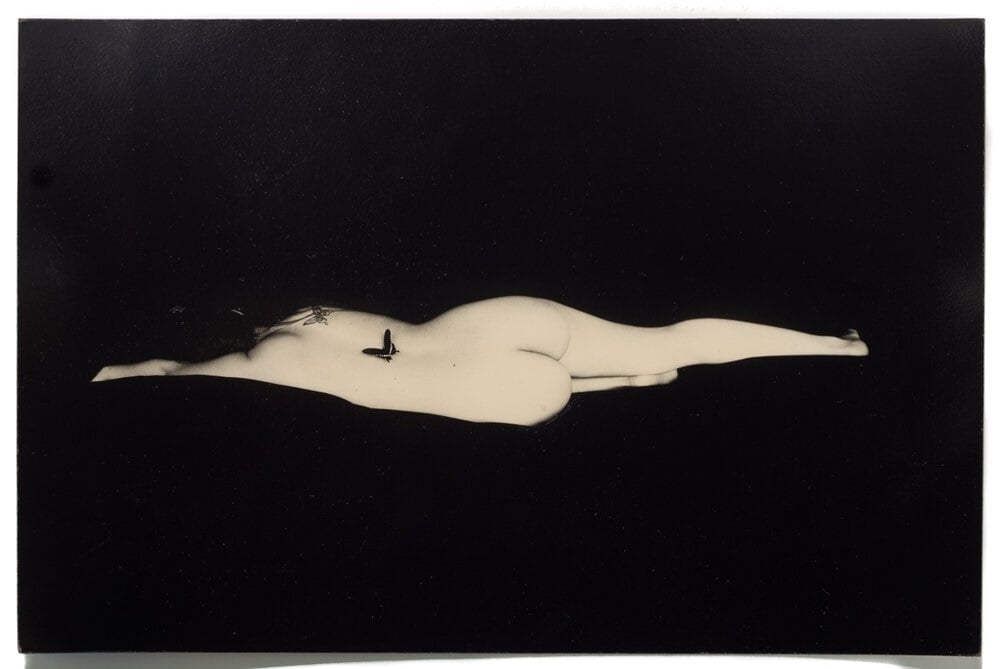
Fig. 40. Nakazora (images.squarespace-cdn.com)
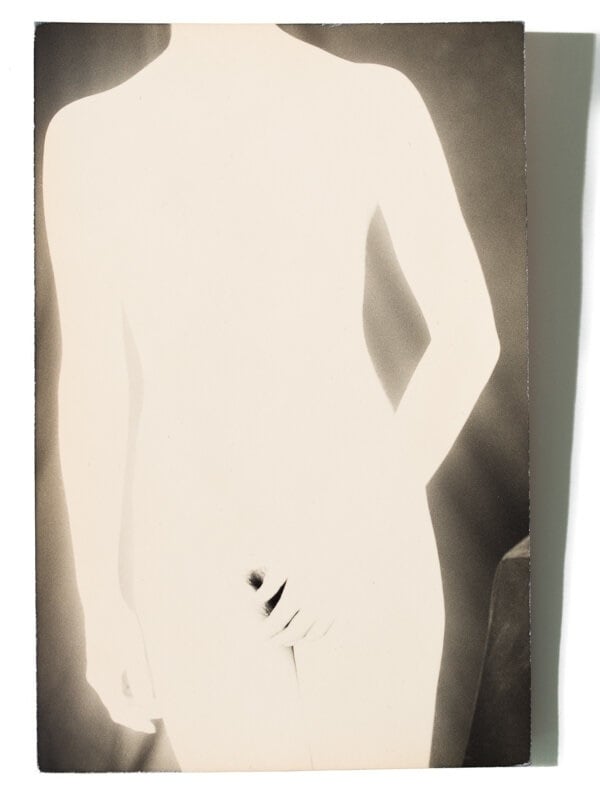
Fig. 41. Nakazora (images.squarespace-cdn.com)
Click HERE and check out another Japanese photographer examining the aesthetics of the interaction of male and female bodies….!!
Sources: Wikipedia.org; artsy.net, lumc.nl, cameralabs.org
Let us know your thoughts on Yamamoto’s photographic work in the comment box below….!!
